I am a lazy perfectionist on a tight budget. It’s a tough combination for any hobbyist, especially a film shooter. Especially nowadays. I outsource development and high-res scanning of my films to a lab, because I can’t achieve this kind of quality at home. As a result, I shoot very little film, much less than I would like to. I also like cameras and have too many of them. As a result, my cameras see very little action. Of course, there are lucky ones I use more often. This little Canon isn’t one of them.
I bought it on an impulse two years ago, mostly due to its looks. It was listed “untested as is”, I took a chance and won. Except for the sticky rubber (a five-minute rub with isopropyl alcohol fixed that), the camera was in perfect working order. I shot a roll of Ultramax with it and was really impressed with the image quality. The little lens is as sharp as a good SLR zoom with very little vignetting, the autofocus is accurate and lightning fast and the shutter is dead silent. What’s not to like? The slow lens (no bokeh), parallax (no macro) and lack of manual controls. That is why I had been neglecting this camera. Recently, I decided to give it one more chance to see whether I should keep or sell it. I decided to shoot a roll in various lighting conditions in fully automatic mode to see how the camera would handle the situations. I love colour, but my favourite Ultramax is chronically unavailable, and Portra 400 is too expensive to waste it on tests. That’s why I chose a black and white film that happened to be Ilford HP5 Plus and shot one roll within a week.
First, I took the camera to our regular coffee meeting with friends. It was a cloudy, rainy day and we were sitting under a dark canopy – a perfect opportunity to test the autofocus and flash. The subject of the first photo looked like a dark silhouette on a light background. In the picture, everything is properly lit and there is even a hint of bokeh. Great job, Canon!
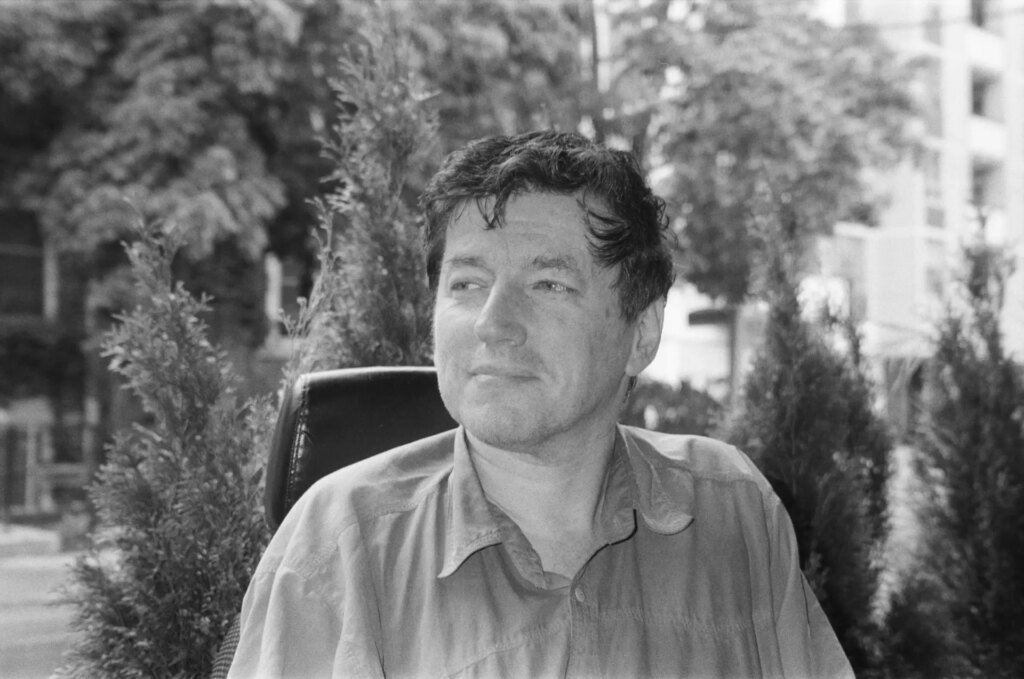
Shooting up close with bare flash is never flattering to the model, but at least, it shows the remarkable sharpness and resolution of the lens.
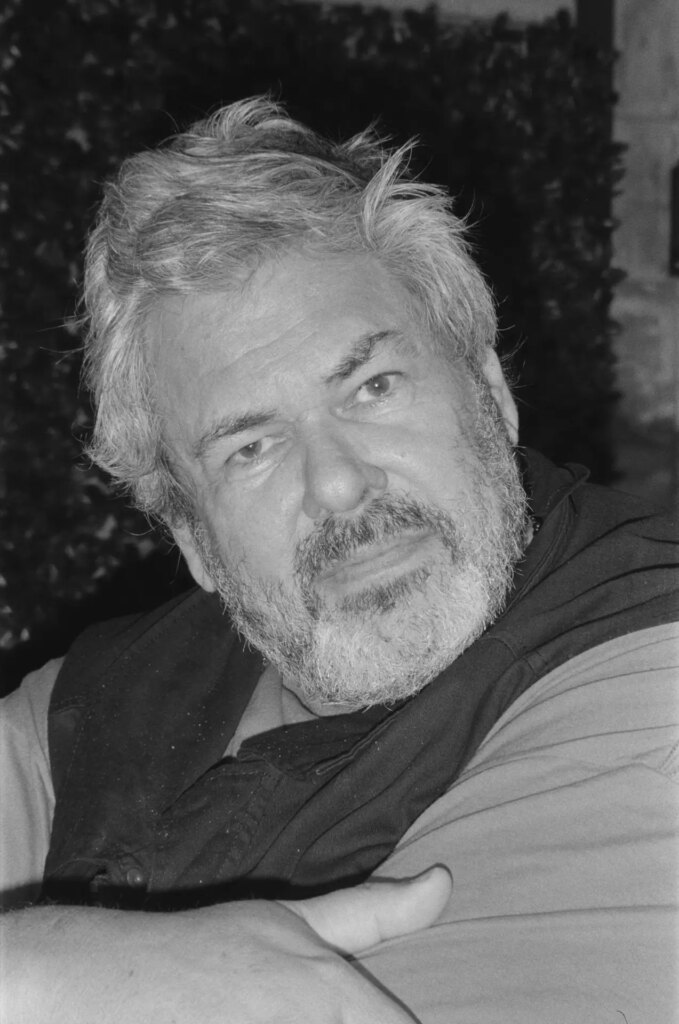
The second event was a short trip to the Toronto Island with a friend. I will skip the obligatory boring shots from the ferry deck – they were too easy for the camera – and will show you some more difficult ones. Here is a bright white building against a dark background. The exposure is spot on!
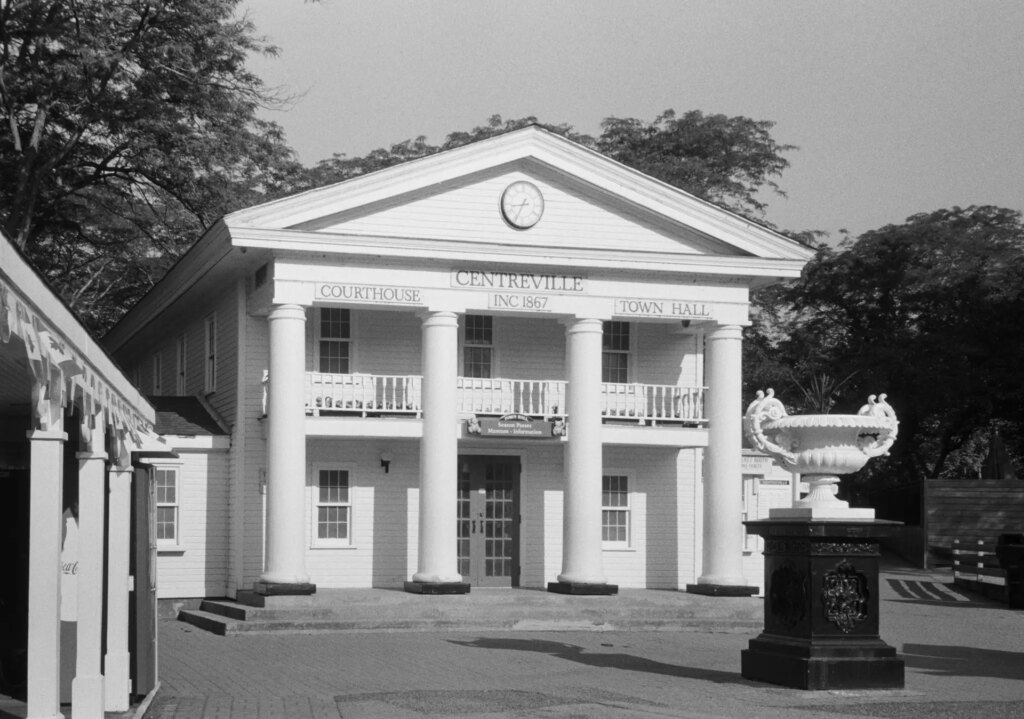
At the long end (120mm), the lens has a very small maximum aperture (about F11), that’s why I don’t recommend shooting at full tele without a tripod if the light is less than ideal. Camera shake is visible in this shot taken in the shade.
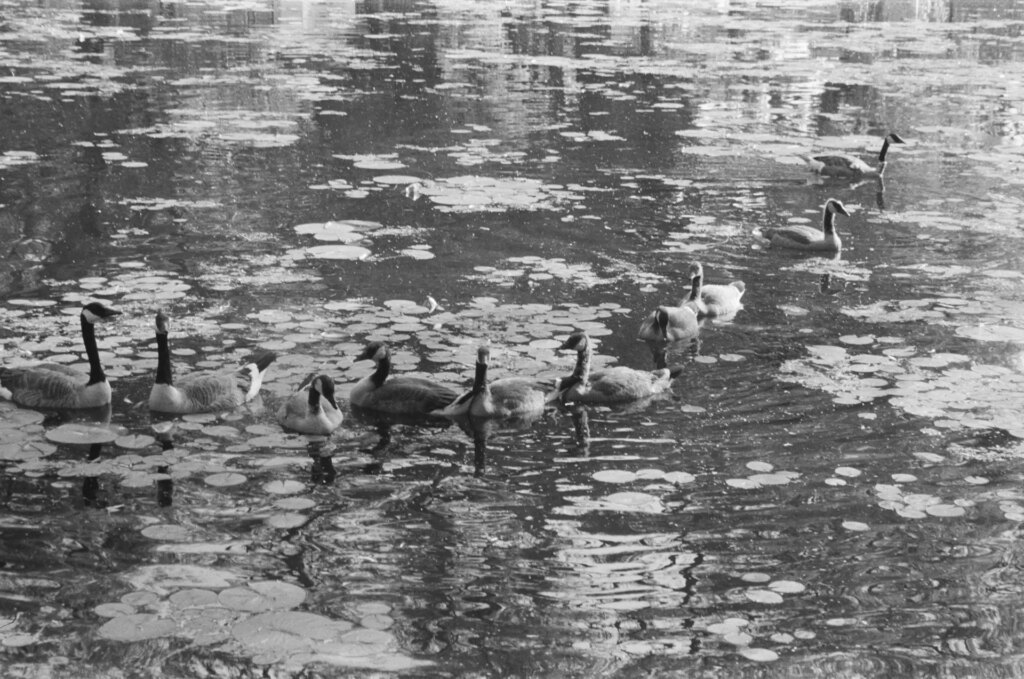
Another shot at 120mm – everything is sharp, although slightly less so than at the short end.
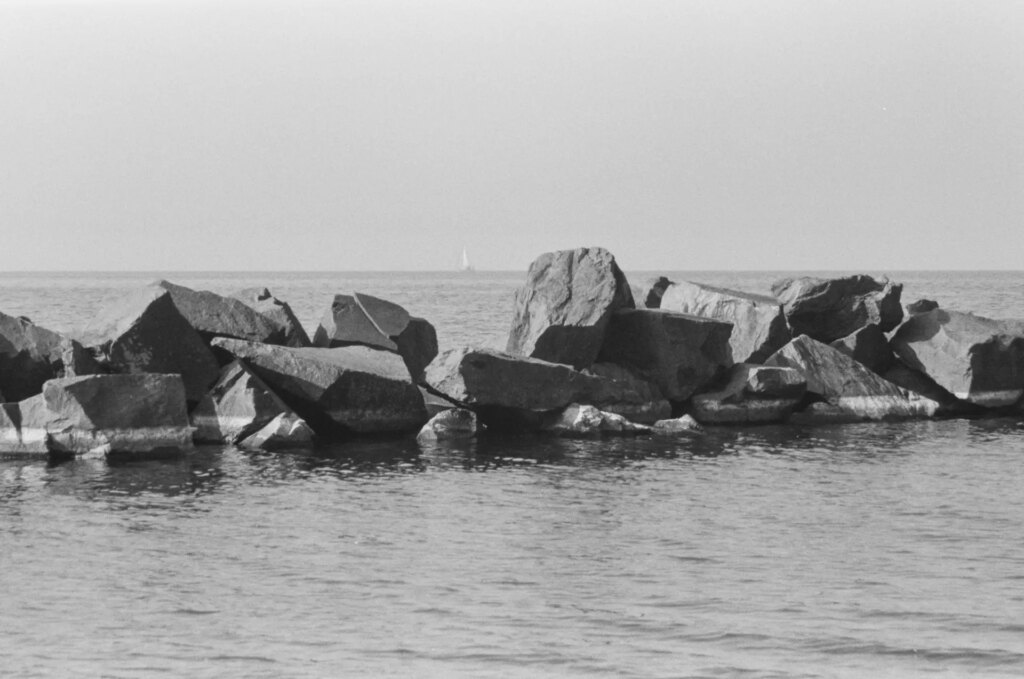
I was a little disappointed with this fountain picture. Despite the fast film and bright sunlight, the maximum shutter speed wasn’t fast enough to freeze the drops.
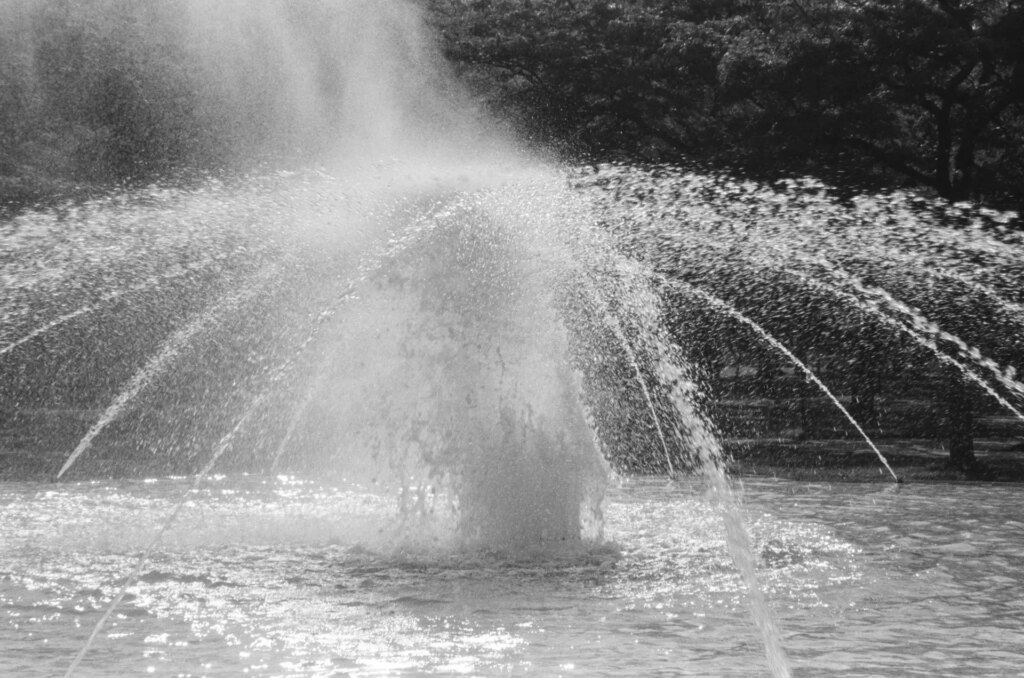
The camera has a dedicated Portrait mode in which it automatically zooms to create a half-length portrait. I find this feature more annoying than helpful. At least, it should be possible to manually override the zoom.
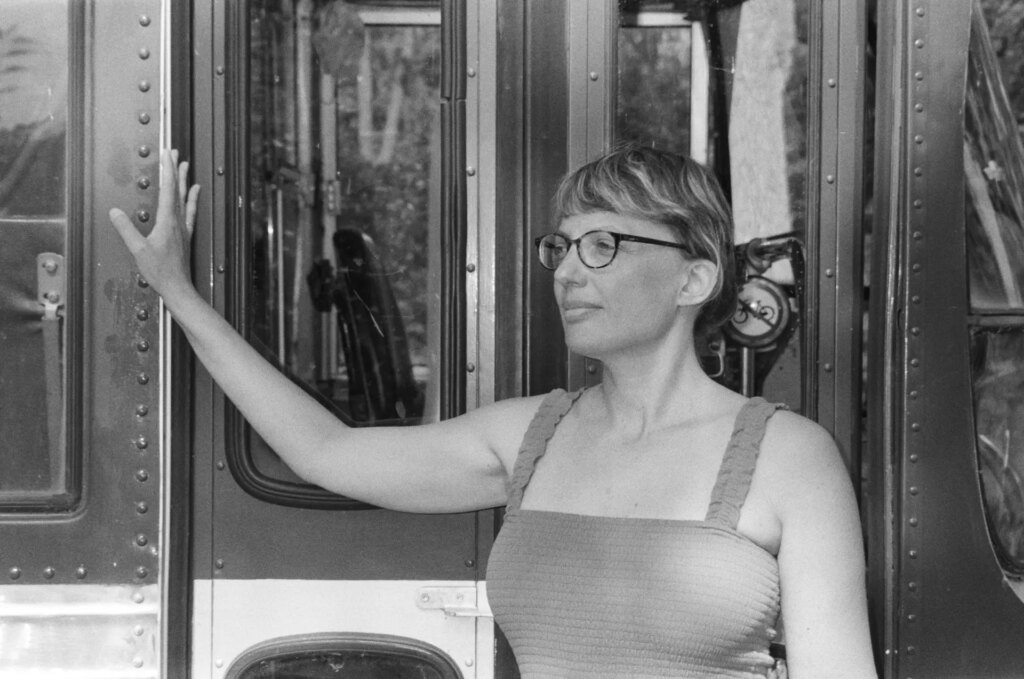
Finally, there is an example of an extremely backlit portrait – the only photo I took in the Personal mode. I forgot to set the EV compensation to +1.5 and had to adjust the exposure in post. Still looks pretty good.
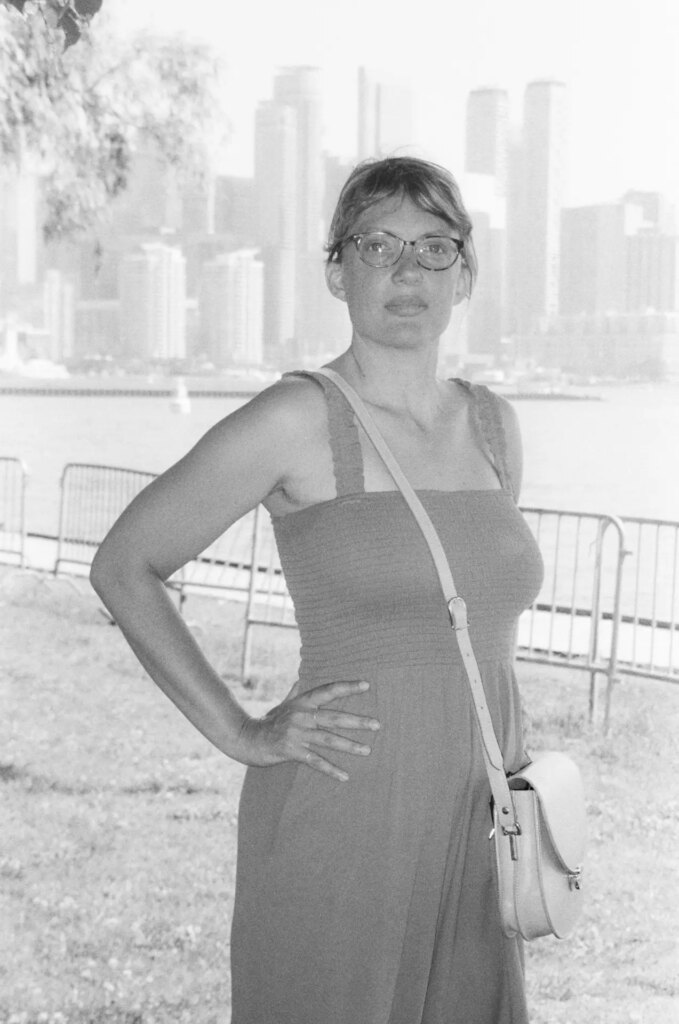
My conclusion: the camera is definitely a keeper – great for casual shooting in almost any situation. Just use it with ISO 400 film and be careful shooting at full tele. As for the HP5+ film, I’m not very impressed with it and will probably never use it again for portraits.
You can read another review of this camera here
Share this post:
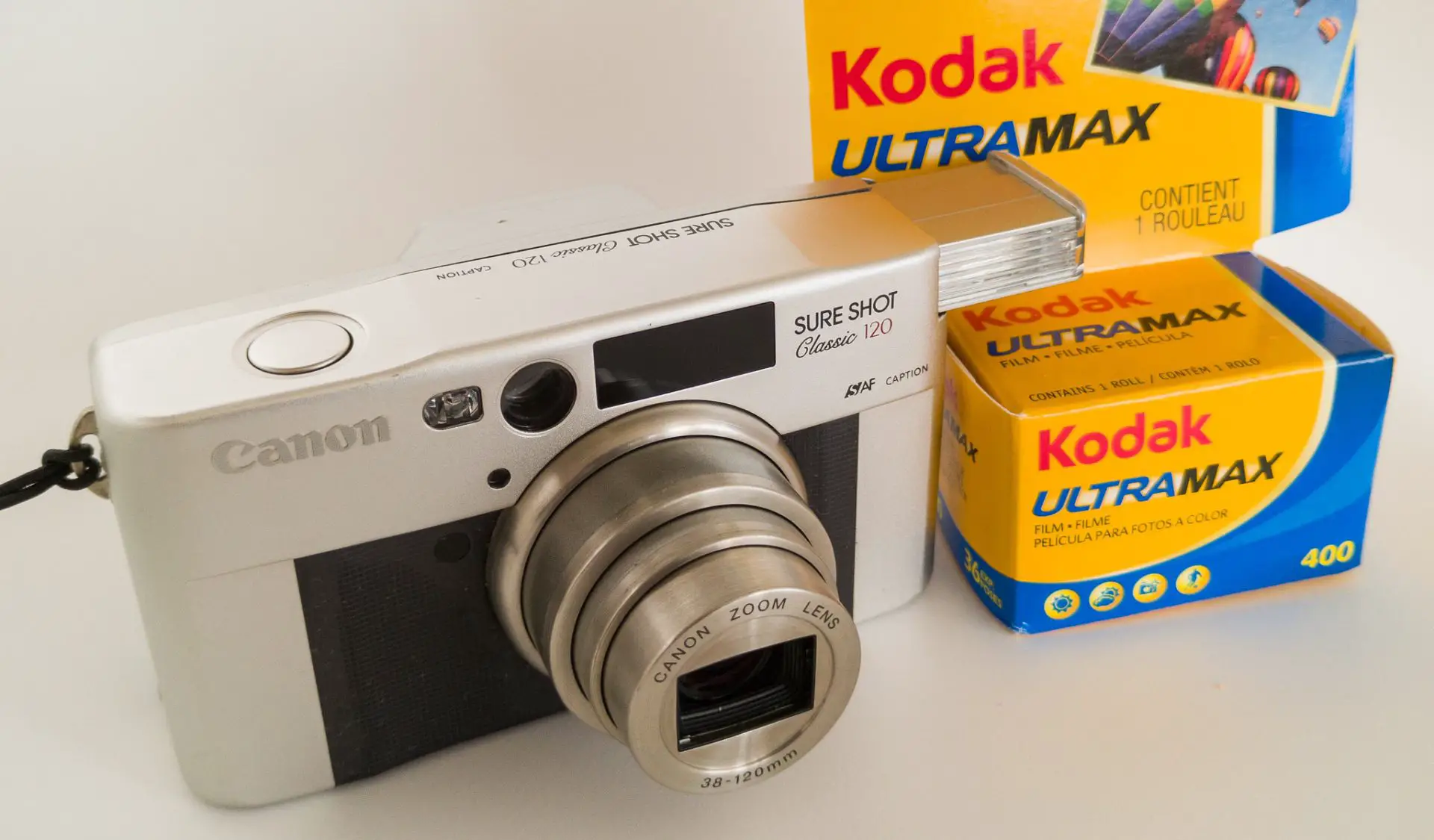








Comments
Simon Cygielski on 8 Frames with the Canon Sure Shot Classic 120 – a Stress Test
Comment posted: 24/08/2023
Comment posted: 24/08/2023